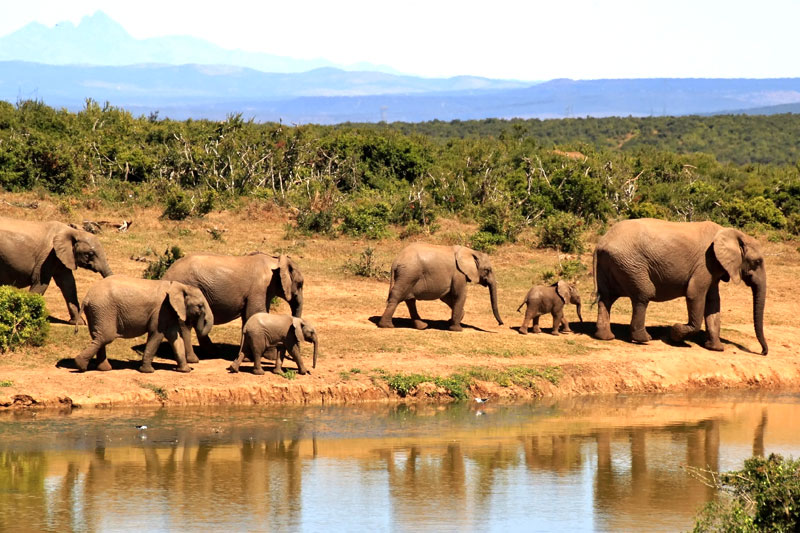- Africa
- Americas'
- Asia
- Australia and Pacific
- Egypt and Middle East
-
Europe
- Albania
- Armenia
- Austria
- Azerbaijan
- Baltics
- Belgium
- Bosnia and Herzegovina
- Bulgaria
- CIS
- Croatia
- Cyprus
- Czech Republic
- Denmark
- England
- Estonia
- Europe Small Ship Cruising
- European Touring
- Finland
- France
- Georgia
- Germany
- Greece
- Greenland
- Hungary
- Iceland
- Ireland
- Italy
- Kosovo
- Latvia
- Lithuania
- Luxemborg
- Macedonia
- Malta
- Monaco
- Montenegro
- Netherlands
- Norway
- Poland
- Portugal
- Romania
- Russia
- Scotland
- Slovak Republic
- Slovenia
- Spain
- Sweden
- Switzerland
- Turkey
- Ukraine
- United Kingdom
- Wales
See All Tours Africa
See All Tours Americas'
See All Tours Asia
See All Tours Australia and Pacific
See All Tours Europe
- Albania
- Armenia
- Austria
- Azerbaijan
- Baltics
- Belgium
- Bosnia and Herzegovina
- Bulgaria
- CIS
- Croatia
- Cyprus
- Czech Republic
- Denmark
- England
- Estonia
- Europe Small Ship Cruising
- European Touring
- Finland
- France
- Georgia
- Germany
- Greece
- Greenland
- Hungary
- Iceland
- Ireland
- Italy
- Kosovo
- Latvia
- Lithuania
- Luxemborg
- Macedonia
- Malta
- Monaco
- Montenegro
- Netherlands
- Norway
- Poland
- Portugal
- Romania
- Russia
- Scotland
- Slovak Republic
- Slovenia
- Spain
- Sweden
- Switzerland
- Turkey
- Ukraine
- United Kingdom
- Wales
Kilimanjaro
Mt Kilimanjaro- the highest stand alone, snow capped, dormant volcano, mountain is one of the most magnificent sight’s of Africa. Rising like a phoenix from farmlands on the low slopes, alpine meadows and lush forests and coming up through a lunar landscape of twin summits- Kibo and Mawenzi, this natural wonder, is an international tourist attraction and one of the greatest experiences to witness in the African continent.
Experience Kilimanjaro Our Way
Things to know before visiting Kilimanjaro
Kilimanjaro is a trekkers haven and hence, the best time to travel to this region is when the trekking season is on, which is between January-March and June-October. Avoid going between March and early June as there are long rainy spells. Climbers should try to plan their trek in a way that they reach the summit on a full moon day to relish the breathtaking view of the vistas around.
The most obvious and also desired thing to do at Kilimanjaro is to scale the mountain and peak the summit. The climb is not very tough but it does need physical fitness and determination. Usually, there are licensed guide who know the routes to take trekkers. If you are feeling very adventurous you can scale it on your own as well. There are six routes that are marked and trekked on. The easiest climb is via the Marangu Route but the more picturesque one is through Machame Route.
Those of you interested in wildlife photography, will not be disappointed as the Kilimanjaro area is thriving with wildlife. The park is home to leopards, buffaloes and many other large animals. You can spot bush pigs, mongooses, baboons and elephants amongst other animals. There are varied species of birds as well in this area.
Also called Dschalla, this lake is a crater lake located on the borders of Tanzania and Kenya. Showcasing beautiful hues of blue and turquoise, this lake is surrounded by a crater rim as high as 100 meters. It is home to several bird species including the critically endangered species. You will also be able to see Crocodiles sprawled on the banks of the lake. Visit this place and explore the entire ecosystem that thrives within this area.
Estimated living Expenditure: Daily costs in Kilimanjaro can range between US$50 and US$ 200, depending on the kind of accommodation and safari you choose.
Entry: Australian citizens need to get a visa before reaching Tanzania, which usually takes a day. A valid passport is a mandate for it. For more updated and detailed information, please visit the website...
Electricity: While traveling to Tanzania it is advisable to carry an international power plug adapter as the power sockets being used are type D and G. The standard frequency is 50 Hz and standard voltage is 230 V.
Shopping: Tanzania is world renowned for rare and exquisite gemstone- Tanzanite. You can get them easily at reputed stores like Arusha and Dar e Salaam. You could also indulge in local handicrafts like the traditional basketware in vibrant colors, soapstone carved curios, paintings of tribal folks and huge wooden carvings of animals or cutlery and crockery made out of Ebony. Take back home some local souveniers in the form of beaded jewelry, ornamental gourds and beautifully woven red-checked blankets that the locals wear.
Clothing and Essentials: While traveling to Tanzania its best to travel in lightweight, breathable clothes that can dry fast and comfortable to wear. Include a nice, big hat, sun glasses and sunscreen in your packing checklist as well because temperatures can soar during the day, especially in the national park.
